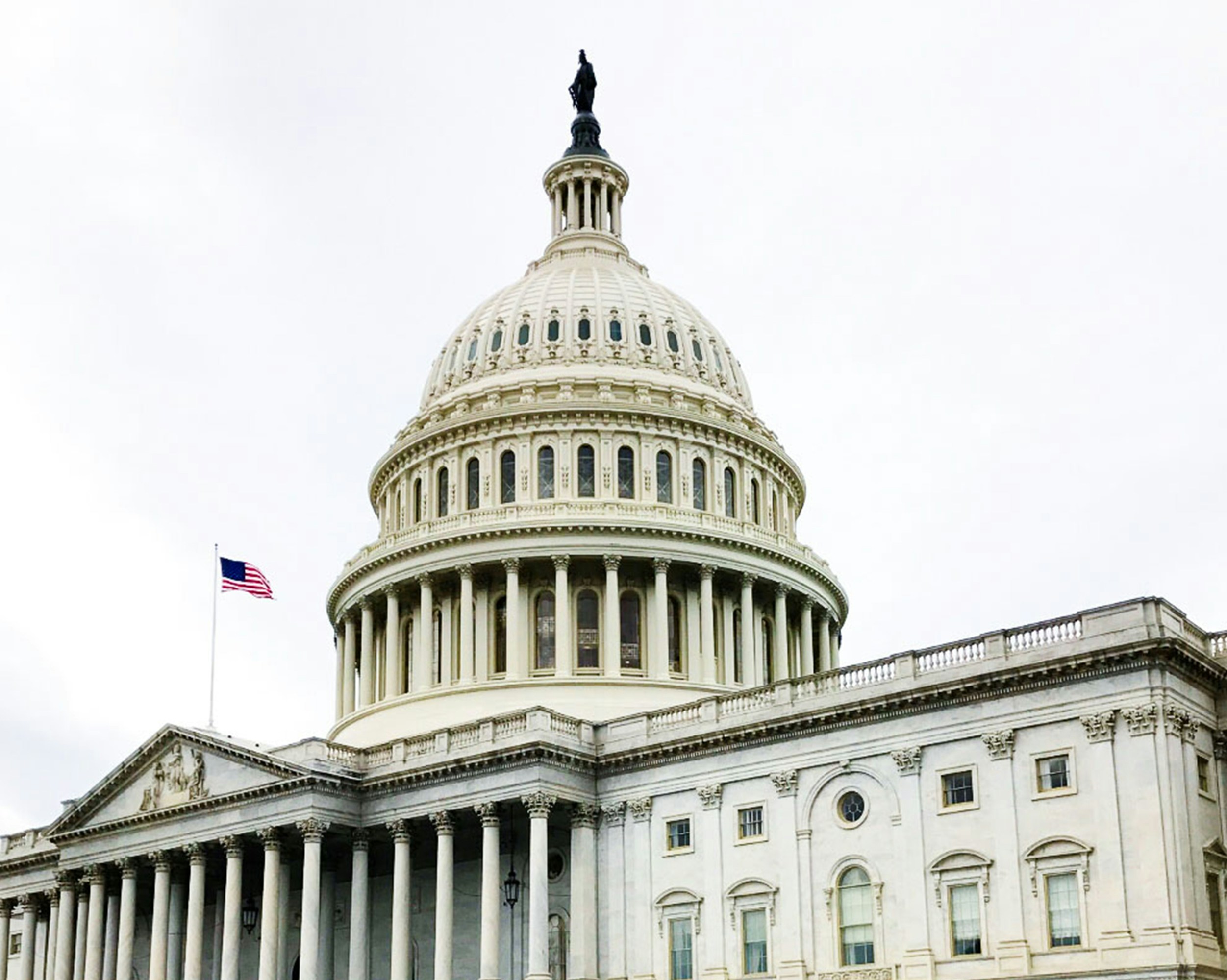
News
COVID guidance from OSHA
- Breaking News
OSHA Issues COVID-19 Guidance
Prompted by an Executive Order from President Biden on his second day in office, the Occupational Safety and Health Administration (OSHA) has issued guidance to employers on protecting employees from the risk of COVID-19 infection in the workplace. The guidance does not create any new legal requirements for employers, but outlines what OSHA recommends as appropriate safety measures.
Those are:
- Assign a workplace coordinator responsible for COVID-19 issues.
- Conduct a hazard assessment of where and how workers might be exposed to COVID-19 at work.
- Identify measures to limit the spread of COVID-19 in the workplace. This should include a combination of eliminating hazardous conditions and implementing engineering controls, workplace administrative policies, personal protective equipment (PPE), such as:
- separating and sending home infected or potentially infected people from the workplace;
- implementing physical distancing in all communal work areas (includes remote work and telework);
- installing barriers where physical distancing cannot be maintained;
- suppressing the spread of the hazard using face coverings;
- improving ventilation;
- using applicable PPE to protect workers from exposure;
- providing the supplies necessary for good hygiene practices; and
- performing routine cleaning and disinfection.
- Consider additional protections for workers at higher risk for severe illness (older workers and those with underlying medical conditions). This could include working at home (part or full-time) or in less densely-occupied and/or better ventilated alternate facilities or offices.
- However, note that requiring the isolation or segregation of older or disabled workers when they have not requested it may violate the ADEA or ADA. Also, some states’ age discrimination laws prohibit discrimination against younger workers and may prohibit employers operating in those states from offering such perks on an age-preferential basis.
- Establish a system for effectively communicating COVID-19 policies, safety practices and updates with workers in a language they understand.
- Ask workers to report COVID-19 symptoms, possible COVID-19 exposures, and possible COVID-19 hazards in the workplace.
- Instruct workers who are infected or potentially infected to stay home and isolate or quarantine to prevent or reduce the risk of transmission of COVID-19. Ensure that absence policies are non-punitive.
- Minimize the negative impact of quarantine and isolation on workers. When possible, allow them to telework, or work in an area isolated from others. If those are not possible, allow workers to use paid sick leave, if available, or consider implementing paid leave policies to reduce risk for everyone at the workplace.
- Immediately isolate workers who show symptoms at work.
- Perform enhanced cleaning and disinfection after people with suspected or confirmed COVID-19 have been in the facility.
- Provide guidance to employees on screening and testing.
- Record and report COVID-19 infections and deaths on OSHA Form 300 logs if the following requirements are met: (1) the case is a confirmed case of COVID19; (2) the case is work-related; and (3) the case involves one or more relevant recording criteria (e.g., medical treatment, days away from work).
- Implement protections from retaliation and set up an anonymous process for workers to voice concerns about COVID-19-related hazards.
- Make COVID-19 vaccination available at no cost to all eligible employees. Provide information and training on the benefits and safety of vaccinations.
- Don’t distinguish between workers who are vaccinated and those who are not: Workers who are vaccinated must continue to follow protective measures, such as wearing a face covering and remaining physically distant, because at this time, there is no evidence that COVID-19 vaccines prevent transmission of the virus from person-to-person.
Again, this guidance does not create any new legal requirements, but constitutes OSHA’s recommendations for best practices to address the risk of COVID-19 in the workplace.
The full guidance is available here: https://www.osha.gov/coronavirus/safework





